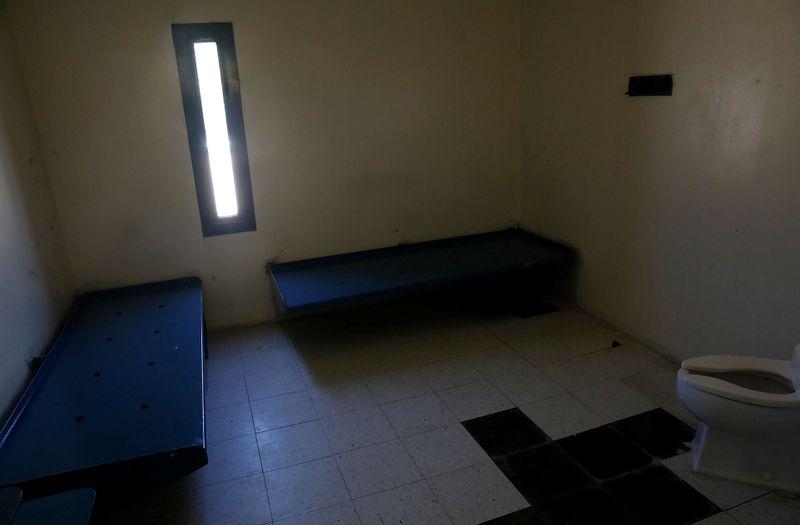On Friday October 16, Reuters published the first in a series of investigations on deaths in U.S. jails, analyzing data on deaths in more than 500 top U.S. jails and finding the death rate has risen more than 8% since the last official data was released in 2016. After leveling off in 2016, the death rate climbed in the first three years of the Trump administration to the highest point in the 12-year period of 2008-2019. Using more than 1,500 public record requests, Reuters surveyed 523 jails for 12 years of inmate death records – all jails with 750 or more inmates, plus the 10 biggest jail or jail systems in nearly every state.
The resulting Reuters database is the largest accounting of jail deaths outside of the U.S. federal government. Following the Reuters report, congressional leaders have called on the U.S. Department of Justice to strengthen its tracking of deaths in local jails.
Jason Szep, editor of the Reuters spot enterprise team, explained how the investigation started: “The idea for this project began as we were reporting another investigative series on the misuse of Tasers by law enforcement, often in jails. As we researched that story, we started to look more closely at jails and how people were dying in often cramped, under-funded and poorly regulated facilities. The more we looked, the more problems we found. Although the Justice Department collects death records from thousands of jails, it doesn’t publicly release information on individual jails. There’s no way for the public — or even the Justice Department’s own prosecutors — to identify jails with unusually high death numbers unless there’s media attention. Jails with high death rates can escape scrutiny. To shine light on the system, we assembled the largest database on jail deaths outside the federal government.”
On the process for surveying over 500 jails and assembling the database, Szep said, “We wanted to create a representative sample of the jails across the country. We settled on the 10 biggest jails in every state and any jail of 750 inmates or more — a sample that covers about 60% of the inmate population. In 2018, we sent a first round of record requests for information going back a decade, seeking details on who was dying and the circumstances of each death, as well as population data and information on the companies that provided healthcare to the jail. By early 2019, we had a rough database, but we wanted to update it with 2018 information, so we did a second round of records requests. We had planned to launch early this year. But when the pandemic struck, we decided to do a third round of records requests for information on COVID-19, as well 2019 data.”
Addressing the challenges faced during the investigation, Szep said, “Each county jail has a unique system for records requests and many provided only partial information or ignored our requests. This required weeks and months of persistence to persuade recalcitrant counties to hand over the information. In addition, laws governing records requests vary wildly from state-to-state. We needed to know those laws inside out. And once the responses arrived, every piece of information needed to be parsed into spreadsheets and checked multiple times for accuracy — a mammoth task in a database of nearly 8,000 individual deaths and more than 500 jails. We captured a trove of data — from the demographics of age, gender and race to custody status, cause of death and length of incarceration. For every death, we identified who provided both the medical and mental health care at the jail. And for every jail, we sought the average daily population for every year in our 2008-2019 study. In the end, we had nearly a 100% response rate for most years — a testament to the team’s doggedness. And once we had the information, we needed to stress test our findings against various statistical models and run them by experts — a process that added months to the investigation.”
On the aim and overall takeaway from Szep’s perspective: “Civil unrest this year over allegations of police brutality and racial injustice underscore the urgency of exposing what happens behind bars, especially in the volatile setting of local jails — the entry point into the world’s largest mass incarceration system. We saw an opportunity to fill an important void and provide a much-needed public service. Without this data, it’s impossible to say whether one death fits a pattern. And it’s impossible to hold local governments and law enforcement to account.”
Read Part 1 and Part 2 of the investigation by Reuters team of journalists Peter Eisler, Linda So, Jason Szep, Grant Smith and Ned Parker.
[Reuters PR blog post]
Media contact:
Deepal. Patadia @ tr.com
